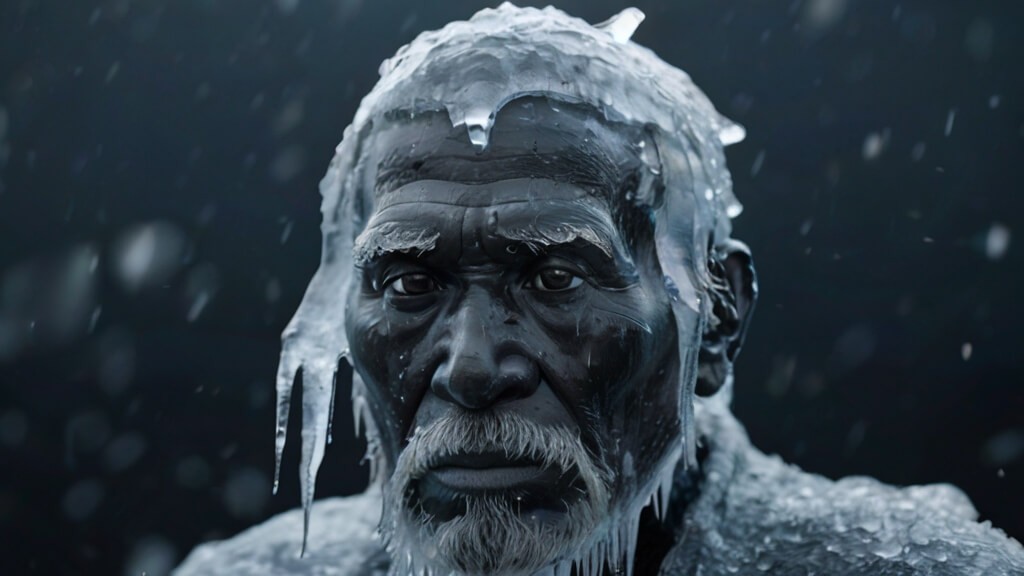Baldness, swarthy skin, and more revealed by the ice man genome.

The Tyrolean Neolithic ice man Etsi has been thoroughly studied in the past. However, the latest version of the comprehensive genome that researchers have prepared to learn more about Etsi’s genetic history still hides some surprises: according to a report published in the journal Cell Genomics on August 16, Etsi had dark skin, dark eyes and a bald head. The report was published in the journal Cell Genomics on August 16.
Genomic analysis revealed phenotypic traits such as skin hyperpigmentation, dark eyes and male pattern baldness. ‘This is in stark contrast to previous reconstructions of light-skinned, light-eyed and rather hairy men,’ says Johannes Kraus of the Max Planck Institute for Evolutionary Anthropology in Germany. But the mummy itself is dark and hairless.”
This finding suggests that the ice man was similar to the current mummy when he was alive, he notes. A more complete and qualitative analysis of the genome also shows that the Iceman had early Anatolian peasant ancestry. This finding suggests that the Ötzi belonged to a fairly isolated alpine population with limited gene flow from hunter-gatherer groups.
The Tyrolean ice man is one of the best preserved ice mummies and certainly the oldest. To find out who he was, scientists have conducted a number of studies, including looking at the genome and composition of the ice man’s ancestors. A previous study in 2012 produced a genome with less coverage, despite significant DNA contamination in the modern human species, and provided new insights. The results of this study were published in the Journal of Genetics.
Previous studies had indicated a close genetic relationship between the Ezzy and modern Sardinians. However, this conclusion was reached before more human genomes became available. In the new study, scientists Klaus and Albert Zink of the Eurac Institute in Bolzano, Italy, re-sequenced the Ezzi genome using more modern sequencing techniques to obtain a higher quality genome. What surprised them most was how the new data changed the idea of who Ezzi was.
“Most surprising,” says Zink, “was the presence of an allele associated with obesity in males, which confirms the lack of hair on the real mummy, and the rather dark skin pigmentation, which is also confirmed by the mummy.
“It is striking how biased this reconstruction is according to our own ideas about Stone Age man from Europe,” Klaus added.
The high Anatolian ancestry is also surprising, he said: the Ezzi has more than 92% early Anatolian agrarian ancestry. This finding is a reminder of the remarkable migration history of Europeans.” The results also suggest that the Alps were a genetic barrier. As a result, Ice Age populations did not exchange many genes with people north or west of the Alps, the researchers say.
Klaus notes that it’s not yet clear whether the Ezzi represent people of their time and place. To answer that question, future studies need to analyze more people from the same region and period.










Comment